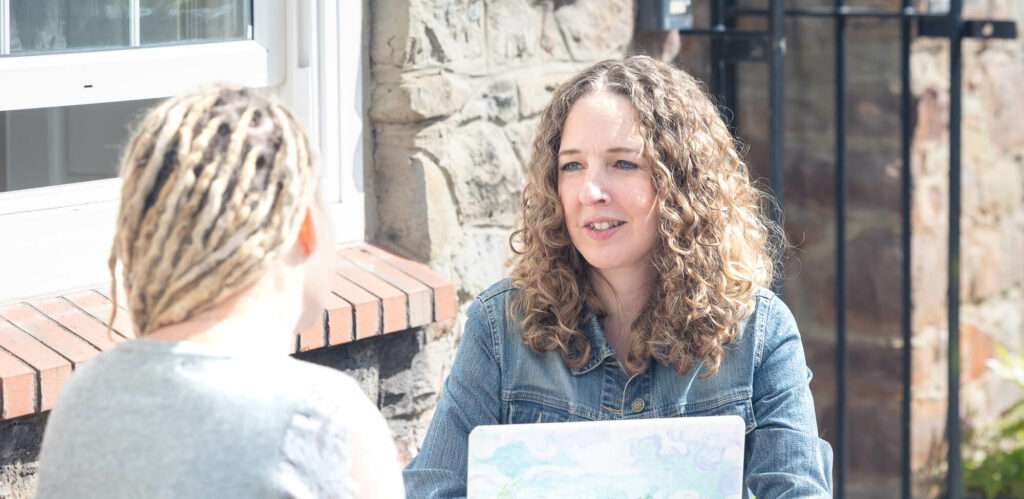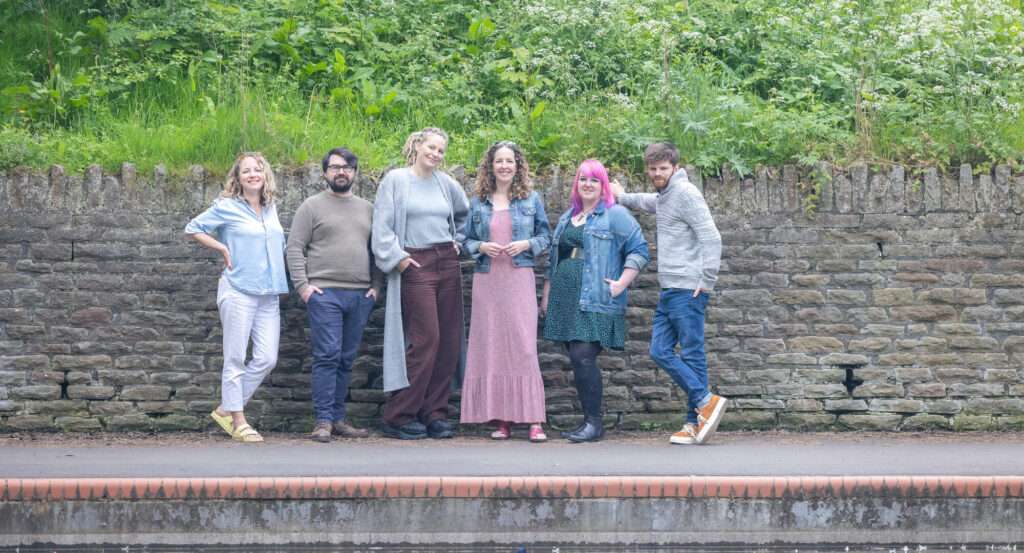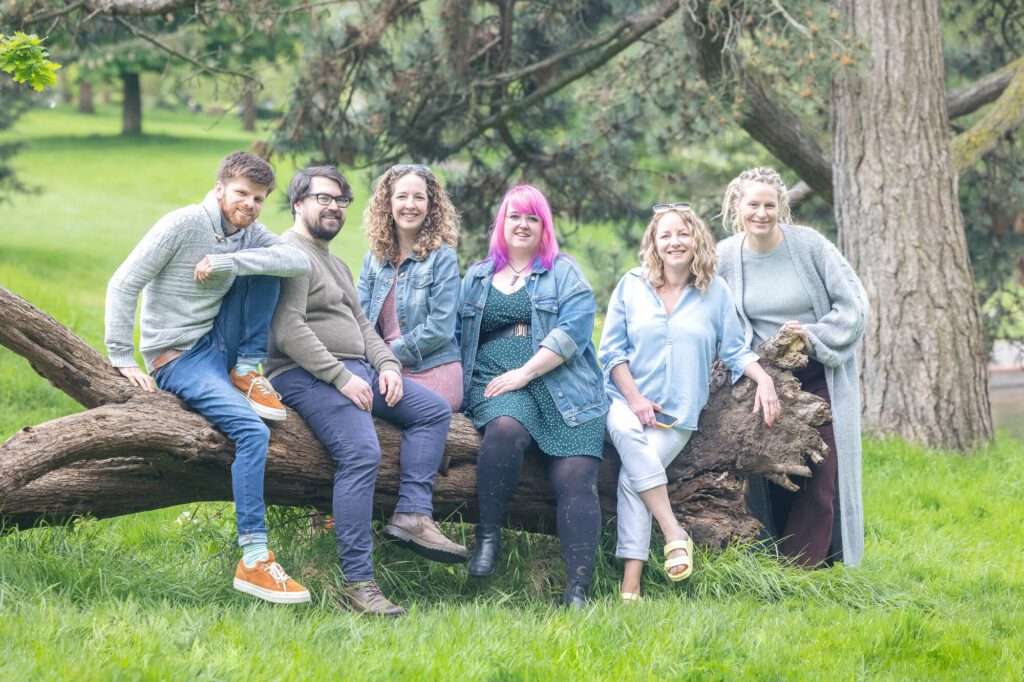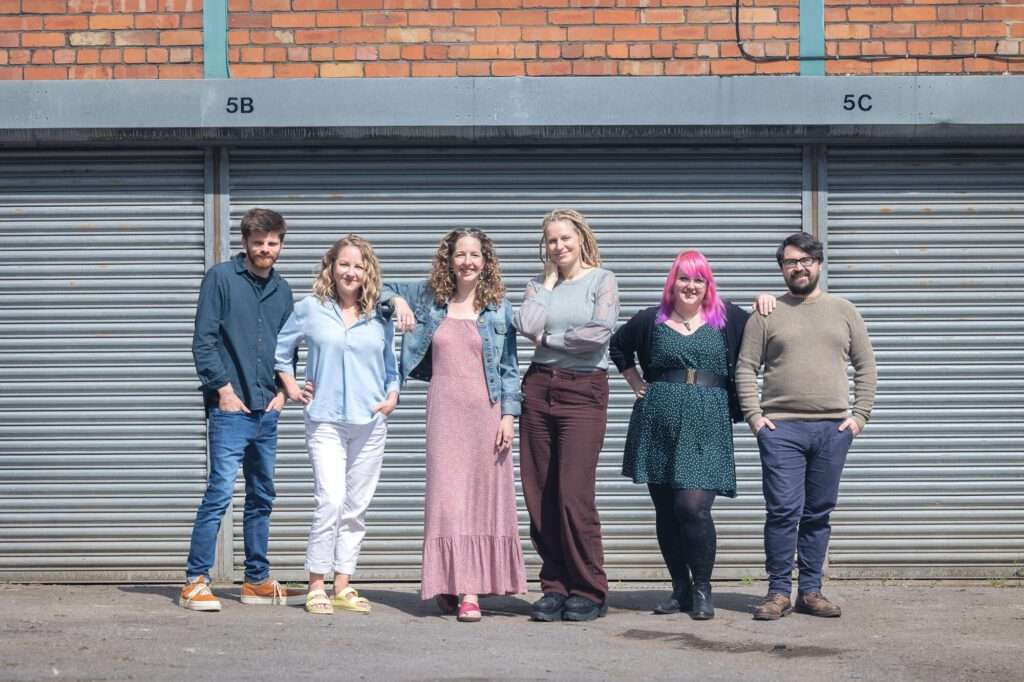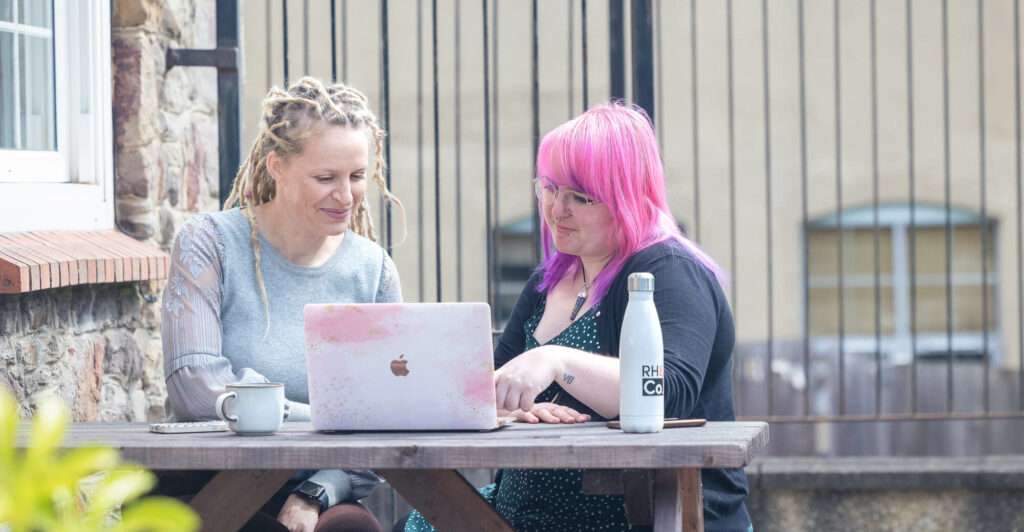

Why creating content isn’t enough – even if it’s excellent
It’s been a long time since anyone really needed to sell the benefits of creating content for marketing purposes. In fact, if anything, it’s so popular that there’s far too much content out there these days. Blog posts, whitepapers, social posts, podcasts, videos, reels… The challenge now is not creating content but creating content that gets results.
The problem is that all too often, the focus is on the deliverables. There’s a pressure to create something tangible, to see results as soon as possible. But to rush the thinking in order to accelerate the doing is ultimately to position yourself as the hare in that old children’s tale.
Winning comes from taking the tortoise’s approach. Here’s what that entails when it comes to content, and why it’s better for business in the long run.
TL:DR
- You need to understand what your content is for
- What is your audience interested in?
- How are people going to find your content?
- What do you want your audience to do next?
- Campaign-thinking
You need to understand what your content is for
This is a really important question and one you need to be able to answer clearly rather than in general terms. The word strategic is bandied about far too much in business circles but in this case it’s appropriate. Strategic means, in a nutshell, instrumental in achieving the aims of a wider, longer-term plan.
We’re not just talking about a marketing plan here but the broader business aims that take into account your sales team’s goals, your product team’s pipeline, and the ambitions your C-suite have, which go beyond lead generation and closing deals.
For instance, if you’re a service-based company, one of your wider goals might include:
- For clients to opt for your consultancy before your delivery services
- For more clients to choose premium packages in their first year working with you
- To bring in clients from a potentially lucrative or values-aligned sector
If you’re a product-based company, one of your wider goals might be to:
- Distinguish your brand from competitors with similar products
- Catch the attention of potentially strategic software partners
- Complete a sale with your first large enterprise-level customer
When your content strategy is aligned to a specific wider goal like one of these, it enables you to switch gears from the generic good practices of marketing – generate leads, build community, support the sales funnel, etc.
Instead you can drive the most important priorities of your organisation. And you can do it in every content decision, from the type of content you produce and what topics you cover to where you share it and how often you release it.
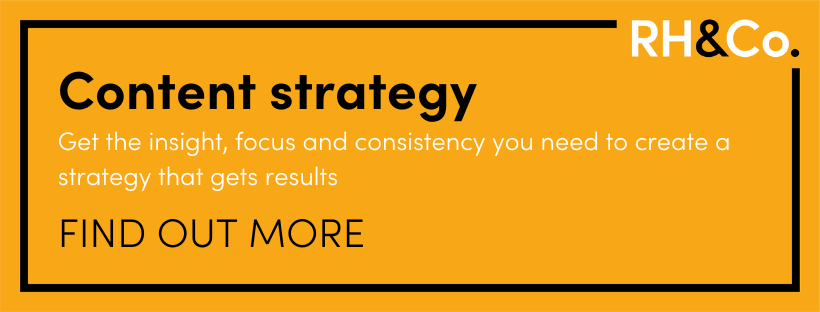
What is your audience interested in?
As important as it is to know what you’re trying to achieve with your content, it’s even more important to understand what your audience is trying to achieve.
Are they stuck on a problem and need help exploring it and discovering what solutions are available? Are they completely unaware that disaster is round the corner and therefore in need of a wake up call? Are they a bit hazy about a trending topic and looking for a well articulated overview so they can sound smart in their next board meeting?
You may already have customer or client personas but the chances are these have not been developed with a view to content creation. So go back to them and think about what your audience might engage with.
Better still, dig into the data and see what they are already engaging with. What are they commenting on or reacting to on LinkedIn? Which of your blog posts or emails are getting the most views or opens?
How are people going to find your content?
Much as we’d all love to create content that goes viral, spreading by word of mouth because of its sheer brilliance, the reality is that’s highly unlikely to happen in all but a very small handful of cases.
There are three main ways to get your content in front of people. First, you can share it where they are – social media, YouTube etc. In this case, your content needs to be eye catching and engaging, hooking your audience quickly. It’s likely to be shorter and more visual, enticing them to take the next step, whether that’s clicking through to a longer form piece of content, visiting a website or making a buy decision.
You can also catch people in search mode. This is where SEO comes in, which means doing work on SEO strategy. Yes, more strategy. Because plucking a few keywords out of the air isn’t enough to drive results. You need to understand everything from search volume to search intent – and that’s before you get into the technical side of SEO.
Finally, you can send your content to people, having built up your email and contacts database. From the simplest of newsletters to personalised relationship-building emails to nurture sequences designed to convert for a specific product or service, there are many ways to use the contact details you’ve collected to deliver the right content exactly when it’s needed.
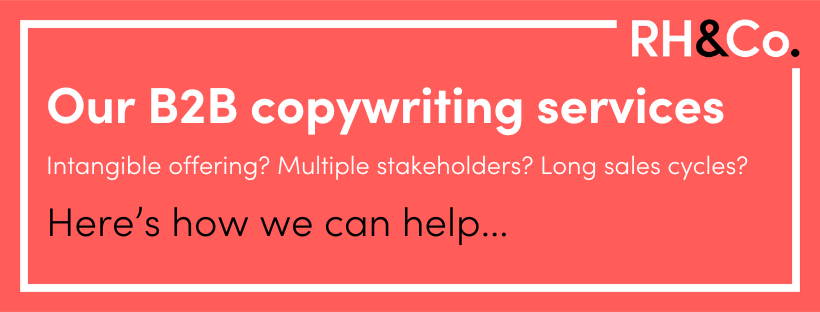
What do you want your audience to do next?
It’s totally acceptable to count someone reading, watching or listening to your content as a win. They are now aware of your brand, and have hopefully formed at least an initial impression of it as being helpful or disruptive or fun or whatever it is that you’re trying to establish.
But ideally, you want them to take action after engaging with your content. What that action is will depend on where they are in their buyer journey. If they’re near the top of the funnel, getting them to engage with a second piece of content could be enough. Or you might want them to download or sign up to something so that you have their contact details, or follow your account on social media so you can stay in front of them.
As you move down the funnel you may want to direct them to case studies, product or service pages, or blog posts that hone in on the features and benefits of what you offer. And finally you’ll have sales collateral, which should also form part of your content plan, where the CTAs will focus on starting a free trial, booking a demo, contacting the sales team or making a purchase.
Campaign-thinking
Ideally you’ll string different pieces of content together to create a campaign that includes the ‘how they get to it’ and ‘what they do afterwards’ bits, linking the whole thing back to those business objectives.
For instance, when one of our clients asked us to create a case study for them, we pushed back and told them no.
Creating a case study wasn’t enough. To achieve the wider goals they had in mind, we needed to design a campaign that would maximise the number of people reaching the case study by creating an awareness journey – not only a case study but two related blog posts and a series of LinkedIn posts, which would educate and nudge a readership towards a place where they cared to read it all.
The LinkedIn posts worked their magic, generating click-through rates that were well above industry averages. And as a result, Hotjar analysis of the case study showed that engagement with those that reached it was very high – 61% of visitors read to the halfway point, with 50% staying engaged until the ‘outcomes’ section near the bottom of the page.
Check out the full case study to read more about how we helped PSI to engage a highly specific audience. Or if you’re ready to take a more strategic approach to your content creation, get in touch or visit our content strategy services page.
Back to hompeage

